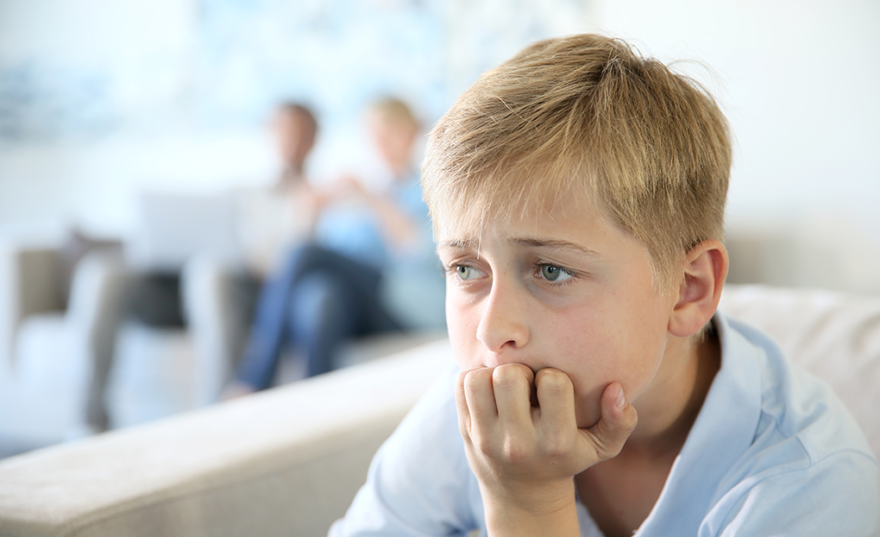Electroencephalography (EEG) is a non-invasive method to monitor the electrical activity of the brain. There are five main broad frequency bands in the EEG power spectrum: alpha, beta, gamma, delta and theta. Data suggest that EEG-derived delta–beta coupling — indicating related activity in the delta and beta frequency bands — might serve as a marker of emotion regulation.1,2
Researchers at The Pennsylvania State University have studied for the first time, the association between delta–beta coupling and childhood risk for anxiety, considering both inter- individual (between-person) and intra-individual (within-person) delta–beta coupling. “We modelled delta–beta coupling as an intra-individual neural process to see whether quickly-changing patterns of delta–beta coupling were associated with social anxiety and temperament”, explains lead author Berenice Anaya. “We wanted to go beyond the group-level correlations of delta–beta coupling usually reported in the literature, and link participants’ own neural patterns to their anxiety scores”.
Anaya et al. recruited 177 children (aged 9-12 years) to their study and collected delta–beta EEG coupling data and parent report of anxiety and behavioural inhibition (BI). They found stronger inter- and intra-individual delta–beta coupling in children with more social anxiety symptoms. However, surprisingly children with high levels of BI showed weaker intra-individual delta–beta coupling compared to those not exhibiting BI.
“We believe our findings have implications for clinical practice, because we show that we can capture variation at the level of the individual, rather than averaged across a group, and that stronger delta–beta coupling is associated with risk for anxiety”, explains Anaya. “Indeed, the strong coupling patterns capture risk even when delta and beta power deviate from an individual’s average levels. This finding further supports the use of delta–beta coupling as a marker for anxiety risk, and it sets the stage for future research to explore developmental trajectories of intra-individual patterns of delta–beta coupling in relation to precursors of anxiety”.
Referring to
Anaya, B. et al. (2020), J. Child Psychol. Psychiatr. doi: 10.1111/jcpp.13319.
References
1Miskovic, V. et al. (2009). Frontal brain oscillatory coupling among men who vary in salivary testosterone levels. Neurosci. Lett. 464, 239–242. doi: 10.1016/j.neulet.2009.08.059.
2van Peer, J.M. et al. (2008). Cortisol administration enhances the coupling of midfrontal delta and beta oscillations. Int. J. Psychophysiol. 67, 144–150. doi: 10.1016/j.ijpsycho.2007.11.001.
Glossary
Behavioural inhibition: a temperamental profile characterised by shy, hypervigilant and fearful behaviours in new social situations, which is associated with a higher risk for social anxiety.
Inter-individual delta–beta coupling: the average coupling pattern of each person, compared between participants.
Intra-individual delta–beta coupling: the time-dependent coupling pattern that a person shows when delta and beta power deviate from usual states and are higher or lower relative to their own average.


